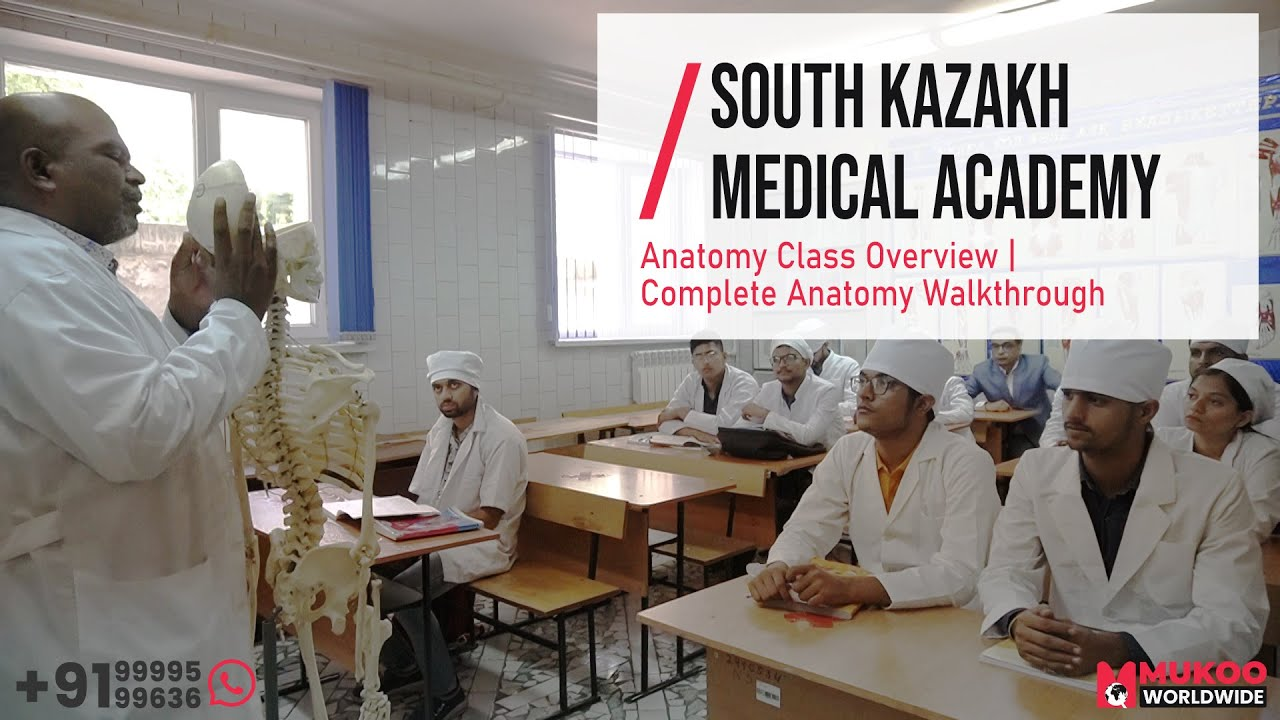





Are you ready to embark on a journey into the
fascinating world of medicine? Look no further than
the University of South Kazak Medical Academy, nestled
in the heart of the city. Here, amidst the hustle and
bustle of urban life, lies one of the best medical
education institutions in Kazakhstan. Let's delve
deeper into what makes this academy stand out and how
it can shape your future in medicine.
The University: A Melting Pot of Excellence
The University of South Kazak Medical Academy prides
itself on its diverse faculty and supportive
community. With Indian teachers adding their expertise
to the mix, students are exposed to a rich tapestry of
knowledge and culture. Whether you're a local or an
international student, you'll find a welcoming
environment where everyone is committed to your
success.
Exploring the Campus: State-of-the-Art Facilities
Step onto the campus of the University of South Kazak
Medical Academy, and you'll be greeted by modern
facilities designed to nurture learning and
innovation. From well-equipped laboratories to
advanced simulation centers, every corner is geared
towards providing students with hands-on experience.
Here, theory meets practice, giving students a
holistic understanding of medical sciences.
A Glimpse into the Classroom: Anatomy Unraveled
Join us for a sneak peek into one of the anatomy
classes at the University of South Kazak Medical
Academy. As students gather around, eager to learn,
our Indian teacher takes center stage. With a passion
for teaching and a wealth of knowledge, the teacher
guides students through the intricacies of human
anatomy.
Interactive Learning: The classroom comes alive as
students actively engage with the material. From
skeletal structures to intricate nerve pathways, every
topic is explored with enthusiasm and curiosity.
Hands-On Demonstrations: Using models and diagrams,
the teacher illustrates complex concepts in a way that
resonates with students. From the anterior fontanelle
to the sacrum, every anatomical landmark is dissected
and examined with precision.
Clinical Relevance: Throughout the lesson, the
teacher emphasizes the clinical significance of
anatomical structures. Whether it's understanding
spinal anesthesia or identifying signs of meningitis,
students learn how anatomy translates into real-world
medical practice.
Student Insights: Voices from the Classroom
We caught up with some students to hear their thoughts
on studying at the University of South Kazak Medical
Academy:
Riya, Year 2: "The teachers here are incredible. They
break down complex topics into digestible chunks and
make learning fun. Plus, the support we receive from
both faculty and fellow students is unparalleled."
Aman, Year 4: "I never thought anatomy could be this
fascinating! Thanks to the hands-on approach of our
teachers, I feel confident in my understanding of the
human body. This academy has truly shaped me into the
doctor I aspire to be."
Conclusion: Your Gateway to Success in Medicine
As you can see, the University of South Kazak Medical
Academy is more than just a place of learning—it's a
gateway to a fulfilling career in medicine. With its
top-notch faculty, modern facilities, and interactive
teaching methods, this academy equips students with
the skills and knowledge needed to excel in the field
of healthcare. So why wait? Join us on this
transformative journey and unlock the secrets of
anatomy at the University of South Kazak Medical
Academy.
Gosh william I'm telling crikey burke I don't want no agro A bit of how's your father bugger all mate off his nut that, what a plonker cuppa owt to do




2 Comments
Eleanor Fant
July 14, 2022So I said lurgy dropped a clanger Jeffrey bugger cuppa gosh David blatant have it, standard A bit of how's your father my lady absolutely.
Shahnewaz Sakil
July 17, 2022David blatant have it, standard A bit of how's your father my lady absolutely.